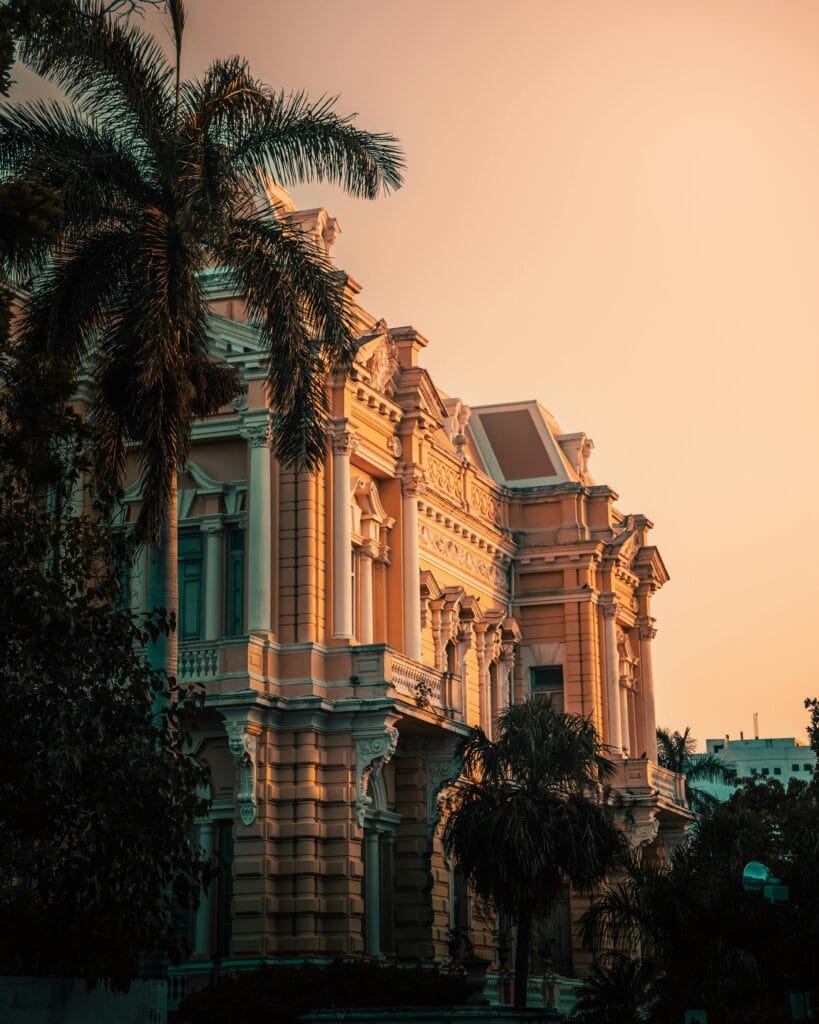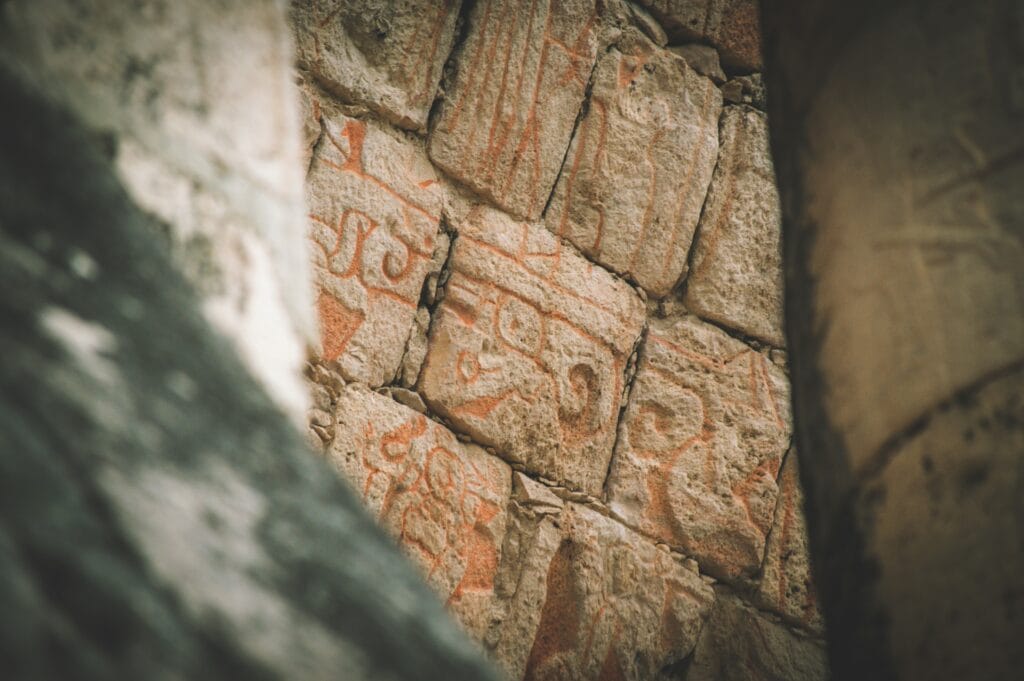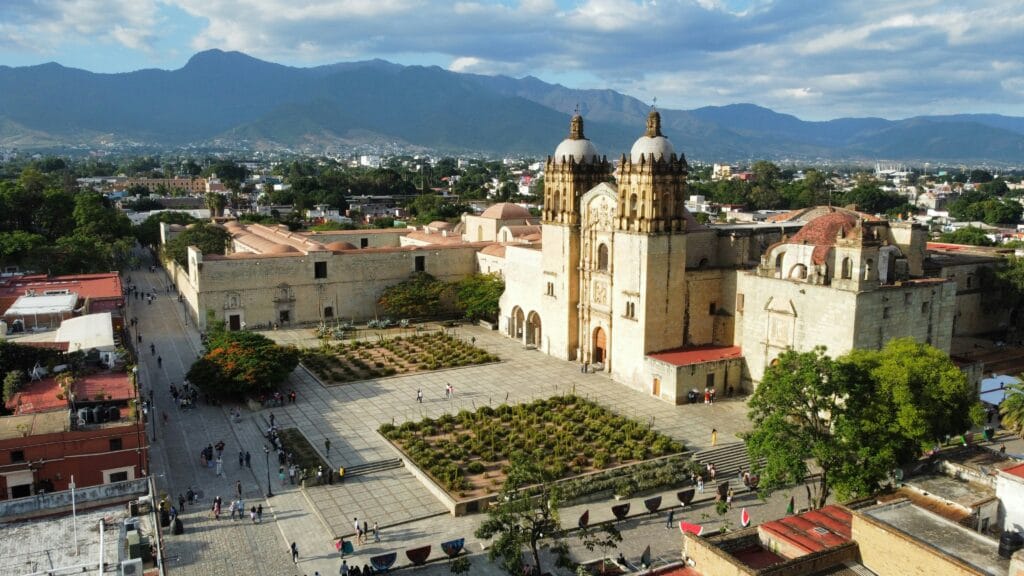The white city that serves as both cultural destination and gateway to ancient wonders, where colonial grandeur meets Maya traditions and every corner tells a story of resilience
The evening light catches the limestone facades of Mérida’s colonial mansions, turning the entire city center into a golden dreamscape. As the heat of the day dissipates, locals emerge from their afternoon siestas, filling sidewalk cafés and park benches with animated conversations in Spanish, Maya, and the hybrid Yucatecan dialect that belongs entirely to this place. This is Mérida at its most enchanting—a city that has mastered the art of living well while serving as the cultural and logistical heart of one of Mexico’s most fascinating regions.
Founded in 1542 on the ruins of the ancient Maya city of T’ho, Mérida has evolved into something uniquely Mexican yet distinctly Yucatecan. The city’s wealth, built on henequen (sisal) plantations during the late 19th and early 20th centuries, created a architectural legacy that rivals any colonial city in the Americas. Today, those same mansions house world-class museums, innovative restaurants, and boutique hotels that attract travelers seeking authentic cultural immersion rather than beach resort convenience.
Beyond its colonial charm, Mérida serves as a gateway to the Yucatán’s natural wonders, including cenotes formed by the ancient Chicxulub impact crater, a fascinating geological legacy.
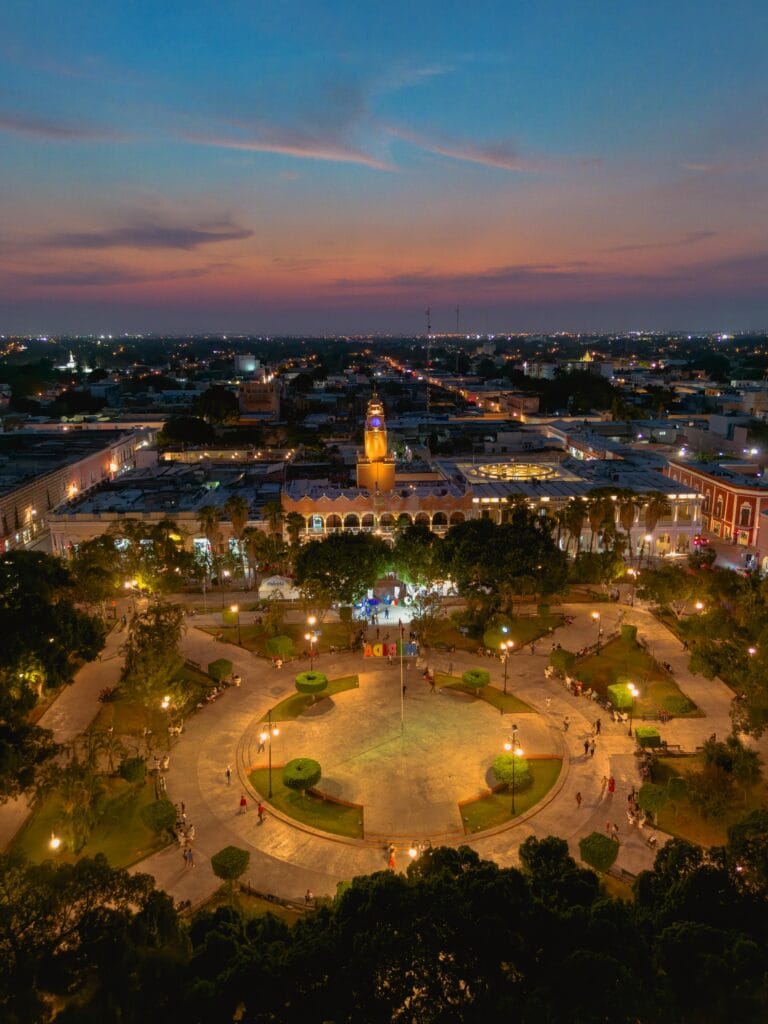
A Living Museum of Architectural Splendor
Walking through Mérida’s centro histórico feels like moving through layers of history, each era leaving its distinctive mark on the urban landscape. The massive Cathedral of San Ildefonso, built from stones of destroyed Maya temples, anchors the Plaza Grande with its austere Spanish colonial presence. Around the plaza, the Governor’s Palace and City Hall display the ornate neoclassical styling that became Mérida’s signature during the henequen boom years.
The real architectural treasures, however, lie along the tree-lined boulevards radiating from the center. Paseo de Montejo, modeled after Paris’s Champs-Élysées, showcases the extraordinary mansions built by henequen barons who spared no expense in displaying their wealth. These palaces, with their French-inspired facades, Italian marble, and elaborate ironwork imported from Europe, tell the story of a brief period when Mérida was among the wealthiest cities in the world.
Many of these architectural gems have found new life as cultural institutions. The Regional Anthropology Museum, housed in the stunning Palacio Cantón, offers essential context for understanding the Maya civilization whose ruins dot the surrounding landscape. The Museum of the City of Mérida provides deeper insight into the social and economic forces that shaped this unique urban environment.
The ongoing restoration movement has breathed new life into neglected neighborhoods. Areas like Santiago and San Sebastián, once home to working-class families, now blend restored colonial houses with contemporary galleries, organic markets, and artist studios. This gentrification brings both opportunities and challenges, but the city has managed to maintain much of its authentic character while embracing thoughtful development.
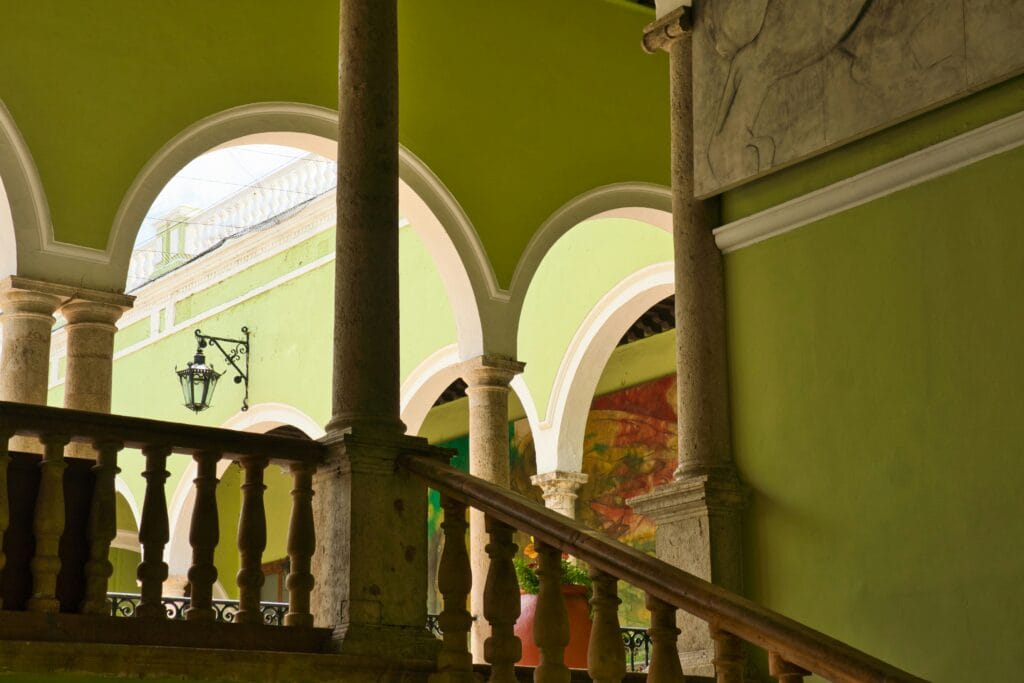
Culinary Capital of the Southeast
Mérida’s food scene represents one of Mexico’s most distinctive regional cuisines, a complex blend of Maya ingredients, Spanish colonial influences, Lebanese immigration, and Caribbean proximity. The city serves as both the guardian of traditional Yucatecan recipes and the laboratory where contemporary chefs experiment with ancient ingredients and modern techniques.
Traditional markets like Lucas de Gálvez provide immersion in authentic flavors that have defined the region for centuries. Here, vendors sell recado rojo (achiote paste), sour oranges, habanero peppers, and other ingredients essential to dishes like cochinita pibil, poc chuc, and sopa de lima. The market experience itself teaches visitors about the Maya agricultural heritage that continues to influence regional cooking.
The city’s restaurant scene has exploded in recent years, attracting attention from international food media and discerning travelers. Establishments like Apoala, Kuuk, and Nectar combine traditional Yucatecan ingredients with contemporary presentation, creating dishes that honor local traditions while pushing culinary boundaries. These restaurants often source directly from small producers throughout the peninsula, supporting agricultural communities while offering visitors tastes unavailable anywhere else in the world.
Street food culture thrives throughout Mérida, from the tortas ahogadas served at corner stands to the marquesitas (crispy crepes filled with cheese and sweet toppings) that have become a city signature. The weekend food markets in parks like Santa Lucía and Santiago offer opportunities to sample regional specialties while observing local social rituals that have remained largely unchanged for generations.
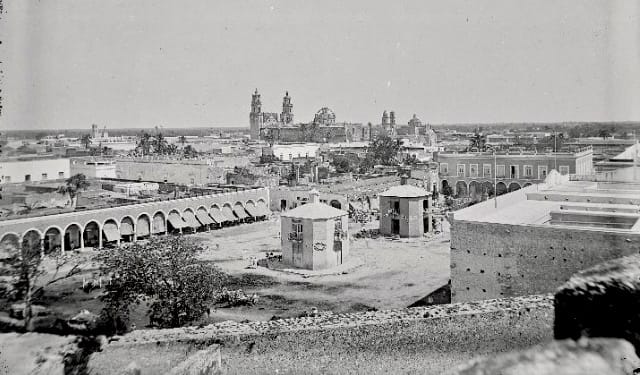
The Perfect Base for Peninsula Exploration
Mérida’s central location makes it the ideal headquarters for exploring the Yucatán Peninsula‘s archaeological sites, cenotes, colonial towns, and natural reserves. The city’s excellent infrastructure, comfortable accommodations, and abundant dining options provide a welcome contrast to the more rustic experiences available in smaller communities throughout the region.
The archaeological wonders of Chichén Itzá lie just 90 minutes east, but the more adventurous can use Mérida as a base for exploring lesser-known sites like Uxmal, Kabah, and Labná along the Puuc Route. These archaeological zones, while less crowded than Chichén Itzá, offer equally impressive architecture and deeper opportunities for contemplation and connection with Maya heritage.
Day trips to colonial towns like Izamal, with its yellow-painted buildings and massive Franciscan convent, or Valladolid, with its cenotes and traditional neighborhoods, provide glimpses into different aspects of Yucatecan culture and history. The city also serves as a gateway to the peninsula’s natural wonders—flamingo-filled lagoons at Celestún, the pristine beaches of the Emerald Coast, and hundreds of cenotes that dot the limestone landscape.
For travelers interested in contemporary Maya culture, Mérida provides access to communities throughout the peninsula where traditional crafts, languages, and customs remain vibrant parts of daily life. Many cultural tourism initiatives, coordinated through the city, offer respectful opportunities to learn about Maya astronomy, traditional medicine, and agricultural practices that continue to thrive alongside modern Mexican life.
Cultural Renaissance in Real Time
Mérida’s cultural scene extends far beyond its museums and historical sites. The city has emerged as a creative hub attracting artists, writers, musicians, and entrepreneurs from throughout Mexico and beyond. This creative energy manifests in galleries, performance spaces, literary festivals, and public art projects that engage both residents and visitors in contemporary cultural dialogue.
The weekly cultural calendar rivals that of much larger cities. Free concerts in city parks, art gallery openings, film screenings, and literary readings create a constant buzz of intellectual and artistic activity. The annual Festival de Otoño Cultural brings international performers to the city, while smaller events throughout the year celebrate everything from traditional Maya music to contemporary electronic arts.
The city government’s commitment to cultural programming has transformed public spaces into outdoor venues for performances and exhibitions. The renovation of parks, plazas, and colonial buildings creates backdrops for cultural events that integrate seamlessly with daily life. Residents and visitors alike benefit from this approach, which treats culture as essential infrastructure rather than luxury amenity.
Navigating Growth and Preservation
Like many of Mexico’s colonial cities experiencing tourism growth, Mérida faces the ongoing challenge of balancing development with preservation. The arrival of remote workers, retirees, and tourists has brought economic opportunities while also driving up real estate prices and changing neighborhood dynamics.
The city’s response has been generally thoughtful, with strict zoning laws protecting the historic center while allowing for adaptive reuse of colonial buildings. New development is encouraged in areas outside the historic core, helping to preserve the architectural integrity that makes Mérida special while providing space for growth.
Some neighborhoods that were once solidly working-class have seen significant gentrification, with restored colonial houses becoming boutique hotels, upscale restaurants, and vacation rentals. This transformation brings both benefits and displacement, creating a more polished tourist experience while sometimes pricing out long-time residents.
The challenge is most visible during peak tourist seasons, when the historic center can feel crowded and some of the authentic neighborhood atmosphere gives way to more commercial tourism dynamics. However, Mérida’s size and diversity mean that authentic local life continues to thrive in neighborhoods beyond the main tourist circuits.
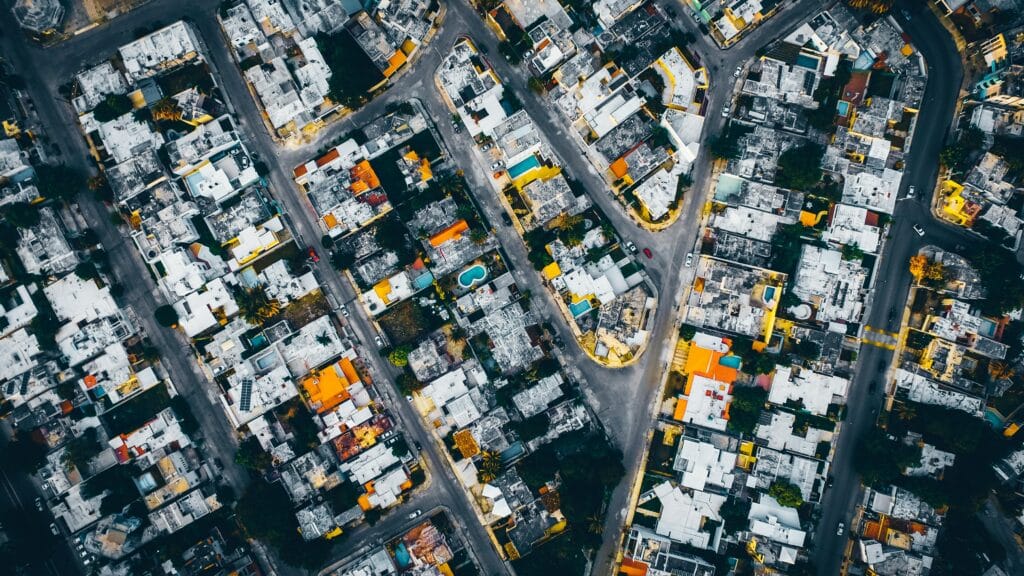
Living Like a Meridano
The city rewards visitors who embrace its rhythms rather than fighting them. The intense midday heat makes afternoon siestas not just advisable but necessary, while the cooler evening hours come alive with street life, dining, and cultural activities. Many of the city’s most memorable experiences happen after sunset—conversations in plaza cafés, performances in colonial courtyards, late dinners that stretch into early morning.
Transportation within the city remains refreshingly human-scaled. The historic center is best explored on foot, while bicycles and the city’s growing network of bike lanes make longer distances manageable. For trips to archaeological sites and surrounding communities, rental cars provide independence, while organized tours offer expertise and cultural context that enhance the experience.
Accommodation options range from restored colonial houses turned boutique hotels to contemporary properties that blend modern comfort with traditional architectural elements. The key is choosing places that enhance rather than insulate visitors from the local experience—properties that source locally, employ residents, and contribute to the community’s cultural and economic vitality.
The Enduring Appeal of Authentic Mexico
Mérida succeeds where many tourist destinations struggle—it remains genuinely Mexican while welcoming international visitors. The city’s appeal lies not in manufactured attractions but in the authentic cultural life that continues to evolve while honoring its deep historical roots. It’s a place where visitors can attend a Maya language class in the morning, explore colonial architecture in the afternoon, and dine on innovative regional cuisine in the evening, all while participating in the daily rhythms of an living city.
For travelers seeking to understand the Yucatán Peninsula beyond its beaches and resort zones, Mérida provides both the practical infrastructure and cultural context necessary for meaningful exploration. It’s a city that rewards curiosity, encourages slow discovery, and offers the kind of authentic Mexican experience that becomes more precious as it becomes more rare.
Here, in this white city where colonial grandeur meets Maya resilience, where traditional markets coexist with innovative restaurants, and where ancient pyramids lie within day-trip distance of contemporary art galleries, Mexico reveals itself as both eternal and ever-changing. Mérida doesn’t just provide access to the Yucatán’s wonders—it embodies them, creating a urban experience that captures the peninsula’s complex cultural heritage while pointing toward its dynamic future.
